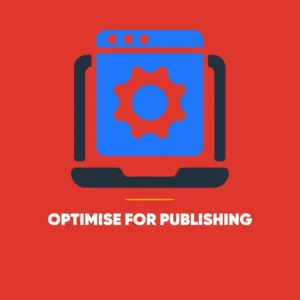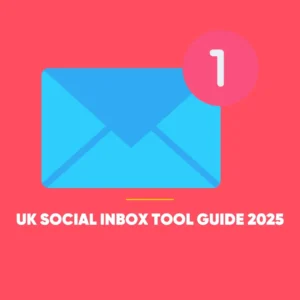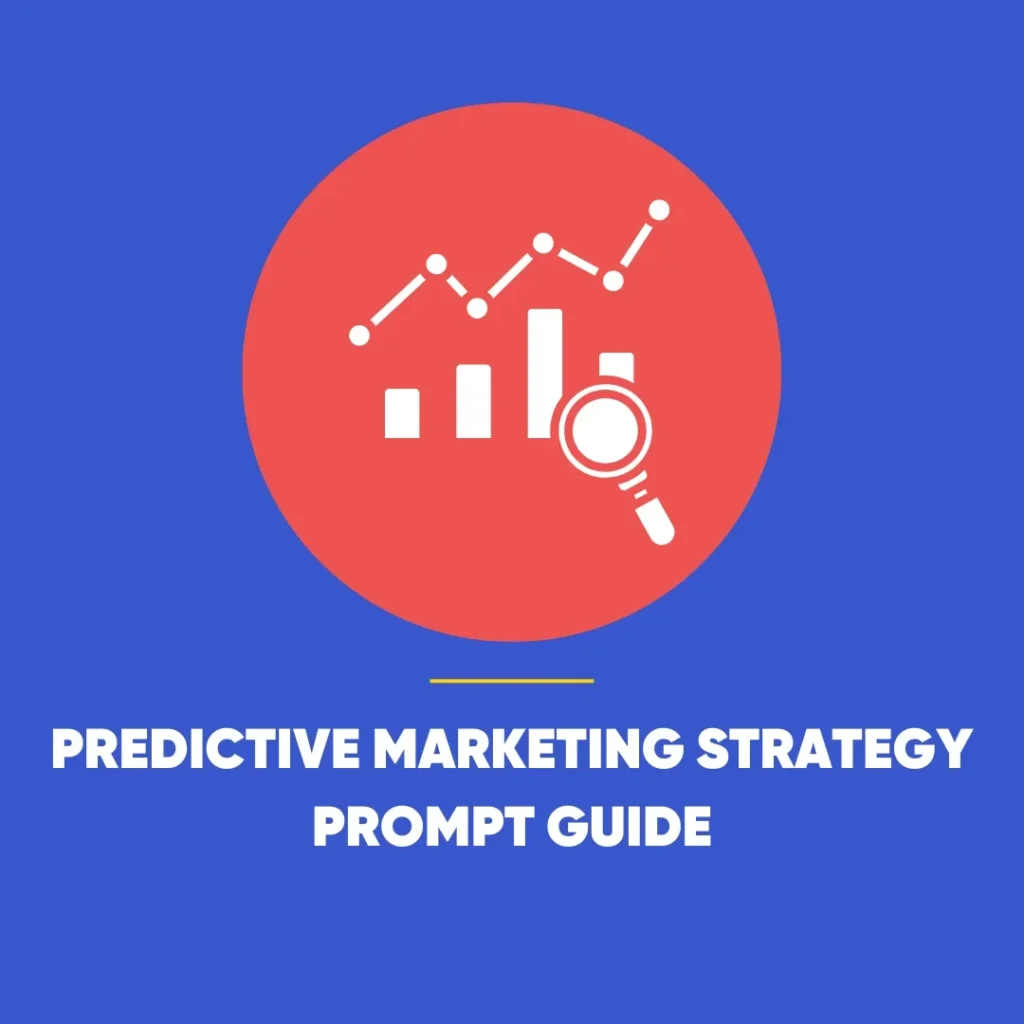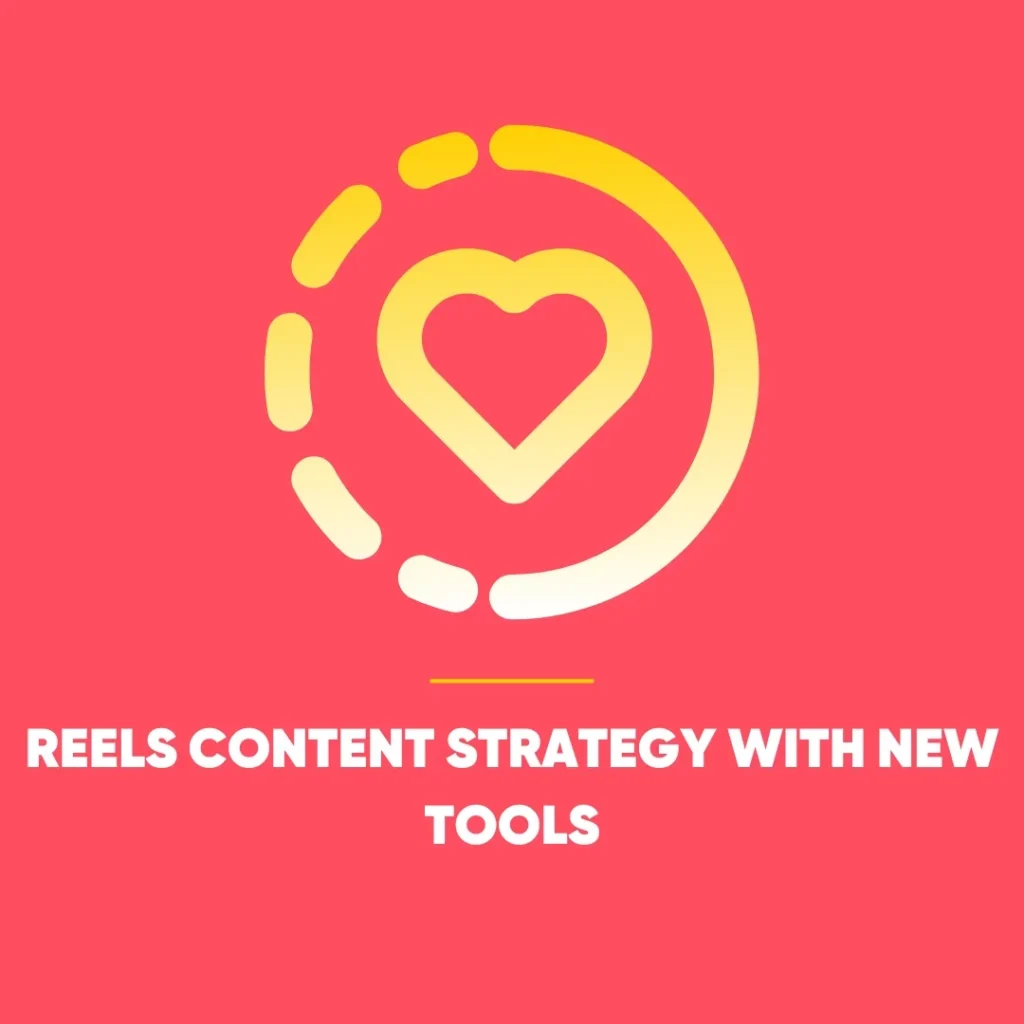Blog Writing Guide for UK Bloggers
Blog writing guide for UK creators who want to inform, engage, and drive action with every post they publish. It’s about sparking curiosity, solving problems, and persuading readers to take meaningful action. Whether you’re a seasoned writer or just starting out, this guide breaks down the process into clear steps – turning content chaos into structured brilliance.
1. Pick the Right Topic: Blog Writing Guide
 To begin with, the foundation of any successful blog lies in its topic. Moreover, a good subject aligns with business goals and genuinely interests your audience.
To begin with, the foundation of any successful blog lies in its topic. Moreover, a good subject aligns with business goals and genuinely interests your audience.
How to discover compelling blog topics:
- To begin with, scan community forums like Reddit or Quora to tap into real conversations, concerns, and trends.
- Next, brainstorm related phrases based on your product or industry – think features, FAQs, or common pain points.
- In addition, consult your sales team – they hear objections and repeated questions all the time.
- Moreover, speak to existing customers and identify what challenges led them to your solution.
- Finally, touch base with leadership to understand bigger trends or strategic messaging shifts.
The golden rule? To begin with, listen. After all, your audience is already sharing what they care about – you simply need to pay attention.
2. Do Your Keyword Research
Afterwards, once you’ve got your topic, it’s time to uncover the keywords people are using to search for it.
For example, free tools like Google Keyword Planner provide estimated search volumes and related phrases. Look for:
- Search volume (how often a term is searched)
- Search intent (are people looking to learn, buy, compare, or solve?)
- Ranking difficulty (some terms are harder to rank for than others)
A good blog writing guide helps you choose keywords with a balance between realistic competition and strong intent. For beginners, long-tail keywords (e.g. “how to start a vegan bakery in the UK”) are often more achievable than generic ones (e.g. “start a business”).
3. Research the Landscape
Before writing, check out what already exists.
Type your chosen keyword into Google and examine the top-ranking articles. Ask yourself:
- What type of content is appearing? (Listicle? Guide? Video?)
- Are there gaps you could fill or improve on?
- What structure do the top results follow?
- Do they offer real depth or skim the surface?
Use this exercise to shape your approach. Don’t just copy – aim to be better or different.
4. Outline Your Post
Outlining saves time. It helps you stay focused and ensures the post flows logically.
Create a basic structure:
- Introduction
- Main Points (use H2s and H3s for structure)
- Conclusion with CTA
Jot down what each section should cover. Add placeholders for stats, quotes, graphics, or examples. If collaborating with others, get early feedback on your outline to avoid last-minute rewrites.
5. Craft a Click-Worthy Headline
 Your headline is your hook – it determines whether someone clicks or scrolls past.
Your headline is your hook – it determines whether someone clicks or scrolls past.
Tips for writing standout headlines:
- First and foremost, be clear, not clever – readers should instantly know what they’ll get.
- Next, highlight the benefit – what’s in it for them?
- Also, include your main keyword (ideally near the start).
- Finally, keep it under 60 characters for better visibility in search engines.
Examples:
- ✅ How to Save £5,000 in a Year (Even on a Modest Salary)
- ✅ 10 Easy Steps to Mastering Public Speaking
Avoid over-promising. No one likes clickbait.
6. Write with Purpose: Blog Writing Guide
From here on, this is where your outline turns into the full post. Meanwhile, start drafting with your reader in mind.
Writing best practices:
- To start, begin sections with key takeaways. Get to the point quickly.
- Additionally, use short paragraphs and headings to improve readability.
- Whenever possible, include real-life examples or case studies.
- Instead of jargon, write like you’re speaking to a curious friend.
- Moreover, add internal links to other blog posts or pages on your site.
- Finally, incorporate keywords naturally – don’t overstuff.
If you’re struggling with the intro, skip it and come back later. Sometimes it’s easier to write once the body is complete.
7. Hook Readers with a Strong Introduction
To begin with, the first few lines should reassure readers they’re in the right place. Then, avoid fluff and get to the heart of the issue quickly.
A good intro will:
- Reflect the reader’s pain point or curiosity
- Clearly state what the post will cover
- Include the main keyword early on
- Tease the benefit or transformation they’ll get by the end
For example:
“Struggling to keep your finances in check? This guide will walk you through a step-by-step method to build a rainy-day fund – even if you’re living paycheque to paycheque.”
8. End with Impact: Blog Writing Guide
A weak ending makes your article forgettable. Instead, use your conclusion to spur action.
Ways to close powerfully:
- To begin with, reaffirm the reader’s achievement: “You’ve now got a clear roadmap to…”
- Next, suggest the next step: “Try one tip this week and track your results.”
- Additionally, offer a resource or tool: “Download this checklist to stay on track.”
- Finally, invite engagement: “What’s your go-to tip? Share it in the comments.”
Don’t just say “Hope this helps” – guide them toward what to do next.
9. Edit Ruthlessly
First drafts are rarely perfect. Set aside time for revision.
Editing checklist:
- First, read aloud to catch awkward phrasing.
- Then, check for accuracy – are your facts and sources reliable?
- Next, trim the fluff – cut anything that doesn’t add value.
- Also, ensure consistency in tone, spelling (British English), and formatting.
- Finally, use tools like Grammarly, Hemingway, or even a second set of human eyes.
You could also paste the draft into an AI tool and ask for objective feedback on flow, clarity, or keyword usage.
10. Optimise for Publishing
 Before hitting “publish,” fine-tune your post for web and search visibility:
Before hitting “publish,” fine-tune your post for web and search visibility:
- Add alt text to images (describe them briefly, include a keyword where relevant)
- Create a clean URL slug (e.g. www.yoursite.com/blog-writing-guide)
- Write a meta description (aim for 100–155 characters, entice clicks)
- Check formatting for mobile readability
- Set Open Graph tags for social sharing (correct title, description, thumbnail)
Preview the post before going live. A quick visual check can prevent embarrassing layout issues.
11. Share and Repurpose
However, publishing is only the beginning – distribution is where the real magic truly happens.
Promote your post via:
- Email newsletters
- Social media posts (LinkedIn, X, Instagram Stories)
- Online communities or forums
- Paid ads if the topic ties into a campaign
- Cross-posting on Medium or LinkedIn Articles
Alternatively, repurpose content into other formats – slides, videos, carousels, or infographics – to significantly widen its reach.
12. Measure What Matters
After publishing, track the post’s performance to understand what’s working.
Key metrics to monitor:
- Page views (traffic volume)
- Average time on page (are people staying to read?)
- Bounce rate (are they leaving immediately?)
- Conversions (downloads, sign-ups, etc.)
- Search rankings (are you climbing for your target keyword?)
Use free tools like Google Analytics and Search Console to dig into the data. Then, use what you’ve learned to improve future content.
Final Thoughts: Blog Writing Guide
Blogging isn’t just about writing; rather, it’s about solving problems, telling stories, and guiding readers from confusion to clarity. With careful planning, thorough research, and creative thinking, you can transform simple ideas into content that builds trust and authority.
Whether you’re posting on a personal blog, a company site, or somewhere in between – follow this guide, and you’ll be publishing with confidence in no time.









